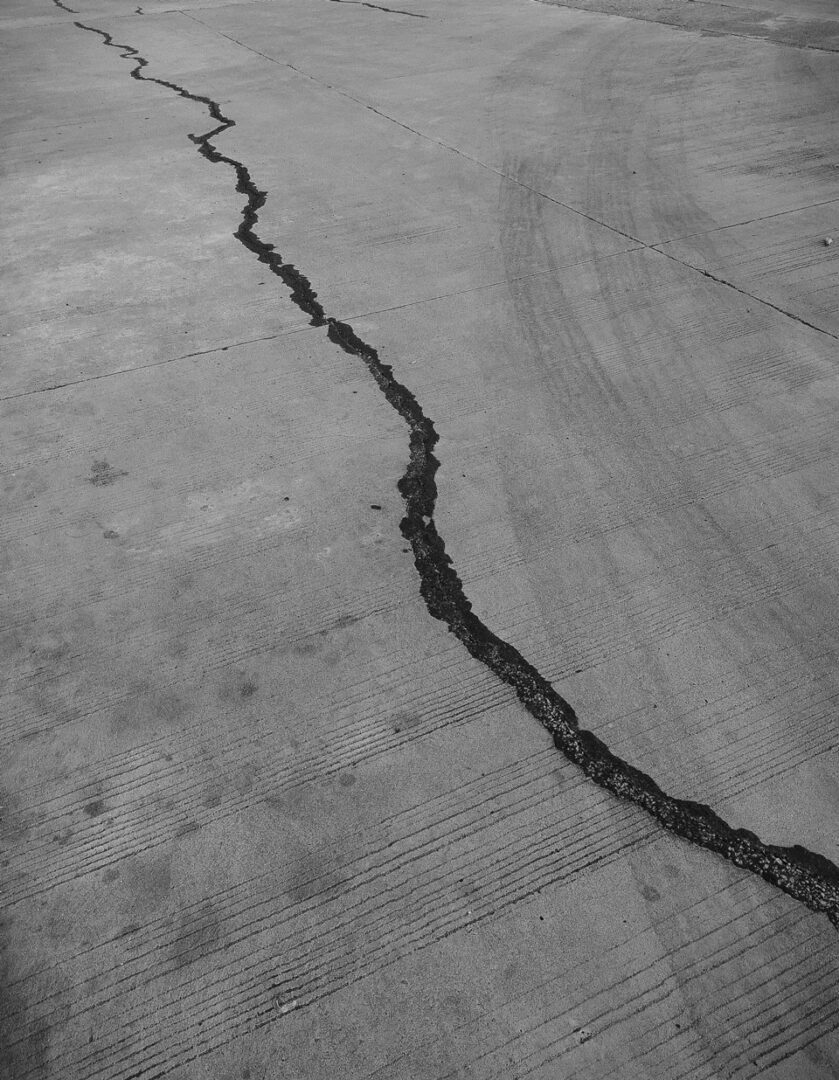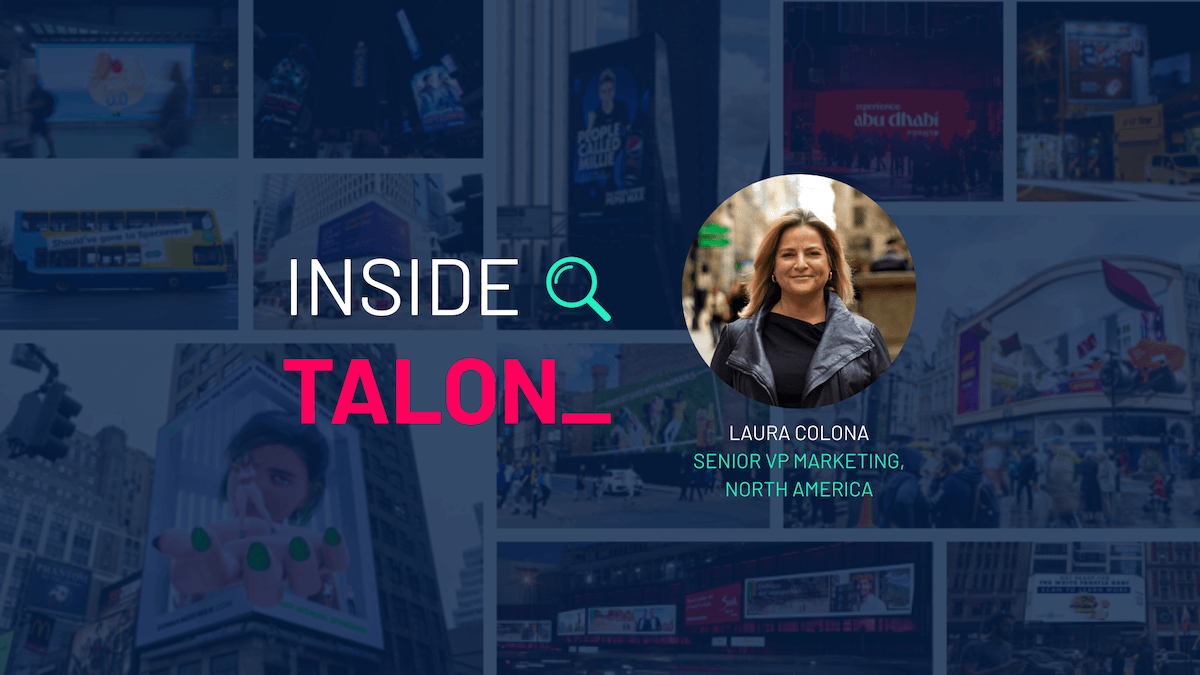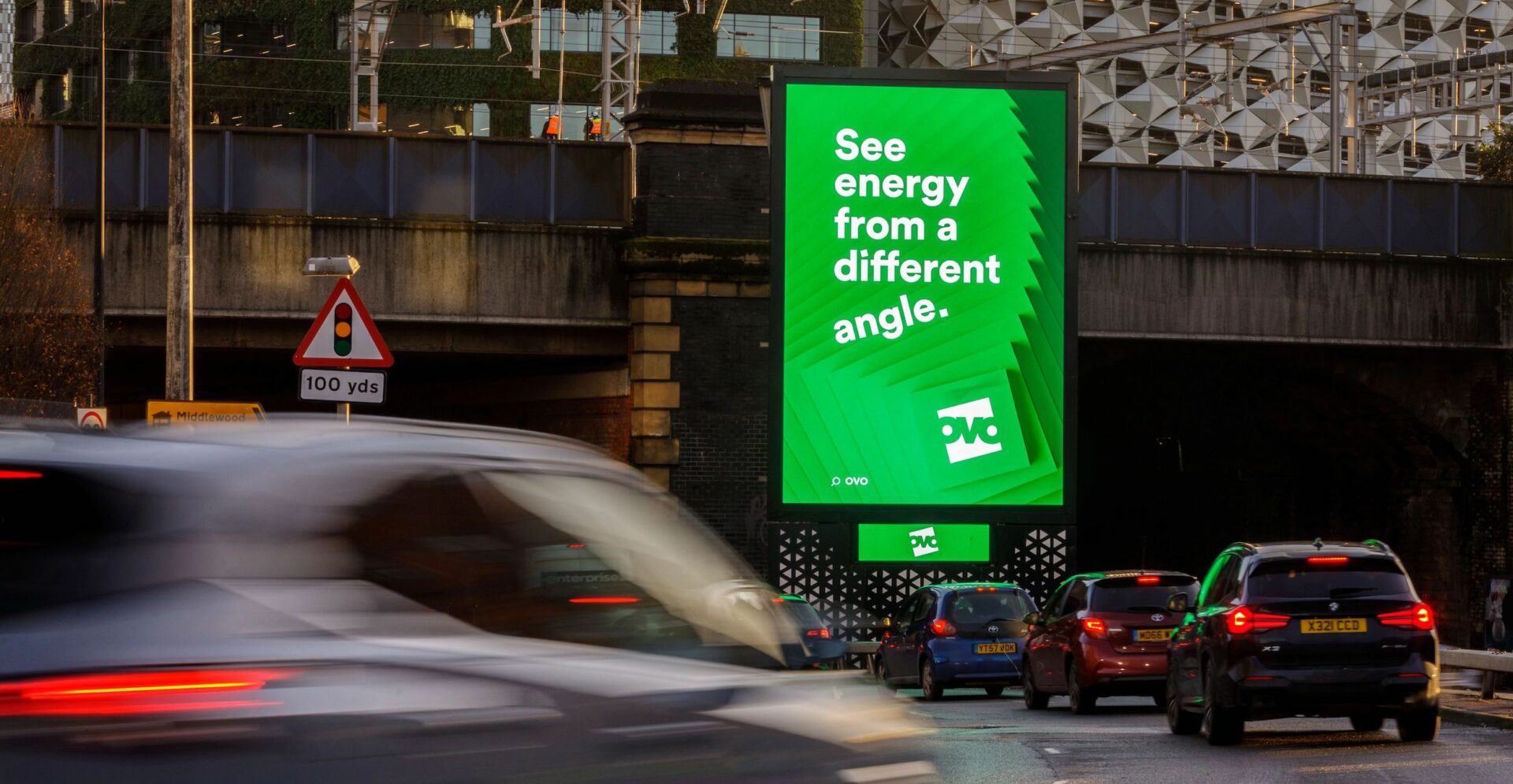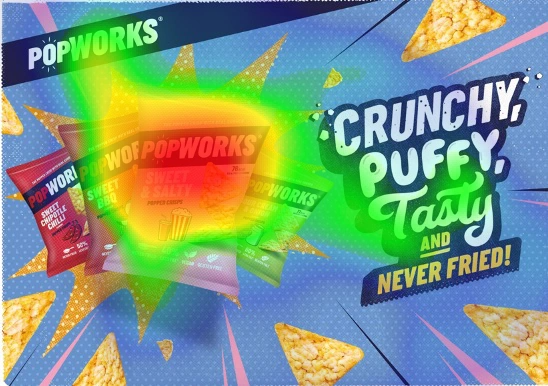Taking responsibility for earthquakes in Out of Home
Talon’s view on the implications of the recent CES on advertising and Out of Home
Piers North, Strategy Director at Yahoo! wrote recently “the tectonic shifts [in technology] will be more grey than black and white. We are living in a time of constant, iterative change”. The recent Consumer Electronics Show (CES) in Las Vegas is a perfect demonstration of this maxim, however this show remains a key event for the greats and the geeks of the media world all hoping to spy the next big thing to revolutionise their brand planning.
So what impact could this year’s CES have on the advertising industry? Out of Home (OOH) media has benefited significantly from the digital revolution, resulting in new advertising, content and interactive opportunities for brands. Therefore, product launches at CES can have a disproportionate impact on the OOH industry.
Digital OOH (DOOH) now makes up more than 20% of the UK OOH market and there were a few interesting digital screens on show. Several exhibitors showed off their 4K screens that offer four times the resolution of High Definition. So can we expect 4K DOOH networks across malls, train stations and high streets any time soon?
Approximately 55% (source: Talon) of UK DOOH spend is on High Definition networks, many of which have only been installed in the last 3 years. As such, advertisers are already receiving excellent quality of display, on networks that are only now generating returns for their media owners. High Definition TV was first showcased at CES 1998 and it took 9 years before CBS Outdoor (now Exterion Media) installed the first HD network into the London Underground in 2007. Even allowing for the quickening pace of technological change it may still be five years from now before media owners commit to new investment into their landlords’ infrastructure and 4K screens may then feature. However, should the Film and Entertainment sector embrace 4K content as expected, pressure may be applied to OOH media owners to upgrade their estate sooner to showcase their biggest clients’ assets on the best possible canvas. Even then, 4K screens will only add value in locations that have shorter viewing distances for the higher quality display to be noticeable.
Curved screens proved to be a hit with the CES crowd, but to us they appear a little gimmicky and will be more difficult for consumers to accommodate into their homes. Will OOH media owners start integrating these into their estates? Unlikely – viewing angles of anything other than directly head on will result in a visible bezel and a warped image, and a largely transient OOH audience would therefore see distorted adverts for much of the time. However, the ongoing R&D into the low-powered, ultra-thin and flexible OLED screens is encouraging and may open up the evolution of DOOH into new environments.
CES showed that many companies are backing wearable technology. There was tech that you could strap to your arm (Myo), strap around your head (RunPhones, Spree Headband), strap to your dog (Voyce) but most commonly strap to your wrist (Sony Core, Jaybird Reign, Garmin Vivofit). These products are all aiming for a piece of the estimated $19 billion we’re expected to spend on wearable gadgets over the next four years (source: Juniper Research). It’s true that devices such as Nike Fuel, FitBit and (possibly) Google Glass have succeeded in carving a niche with early adopting customers. But there’s a wristband shaped elephant in the room – will wider consumer demand for such devices actually exist?
If this technology is embraced by consumers it could mean there are infinitely more live data sources that could be integrated into DOOH content to make it more contextually relevant. Platforms such as Grand Visual’s OpenLoop make it easier than ever before to integrate live data into DOOH networks. Whilst Thalmic Labs’ Myo and Oculus Rift may well be the future of gestural control for home technology they also offer some exciting interactive opportunities for DOOH and experiential installations. We are already planning campaigns of this nature using similar cutting edge technology, and are excited about what the future holds for this category of OOH.
A few 3D printers were on show, the one causing most waves was Makerbot’s Replicator Mini. These devices are a little way off for use at home but have the potential to be a wholly disruptive technology and could easily be integrated into appropriate OOH events or installations.
Phone & tablet innovation at CES was relatively thin on the ground – longer battery life (good), better processing (good), iPhone stun gun (erm…?). There didn’t appear much on show in this sector that will immediately change OOH media, other than OOH consumers being more connected than ever with an insatiable appetite for content and connectivity.
So with that in mind LiFi is an interesting technology and one that has been discussed for a while – the ability to transmit data using LED light (instead of radio waves) at broadband speeds by switching bulbs on and off within nanoseconds. It is entirely foreseeable that LiFi could complement existing OOH WiFi networks (the spectrum of which will at some point reach capacity), or be integrated into OOH environments that are sensitive to radio waves (e.g. transport networks, planes, hospitals etc).
The Internet of Things is creeping ever closer. On show at CES were smart door locks (Okidokey), smart slow cookers (Belkin crock-pot) and everything in between. Samsung has been particularly vocal in this space announcing their “Smart Home” platform will manage all connected household appliances through one application, and only recently Google announced the $3.2bn purchase of Nest, the company that has designed a smart thermostat and smoke alarm. Taking these concepts out of home, smart shopping will allow people to quickly add a new product they’ve seen advertised onto their fridge’s shopping list, which the fridge then automatically buys and gets delivered when required. But it could also mean that we become more spontaneous and spend even more time out of home, safe in the knowledge that at the touch of a button the cleaning will be done, kids will arrive safely home from school, and, indeed, the slow-cooker will be preparing the evening meal…
And finally, some smarter concept cars were showed off by a number of manufacturers at CES (Mercedes-Benz, Chevy, Audi, BMW, Ford, Toyota) as the future of automotive behaviour becomes clearer. Cars with an Android OS using hydrogen cells instead of petrol will automatically drive us to our destination, freeing up all that previously unproductive time spent staring at roads and not crashing. This could enable us to do things such as look at roadside billboards and search on your 5G tablet for products advertised on roadside digital screens (that have targeted you based on the car that you drive you are a passenger in).
So for the OOH world, CES offered grey tectonic shifts rather than seismic waves of change, and who knows which technologies on show will find greatness or the graveyard. But as Peter Drucker said “the best way to predict the future is to create it”, so it’s for companies like Talon and our clients to take what we’ve seen over the last few days and make media earthquakes of our own.




